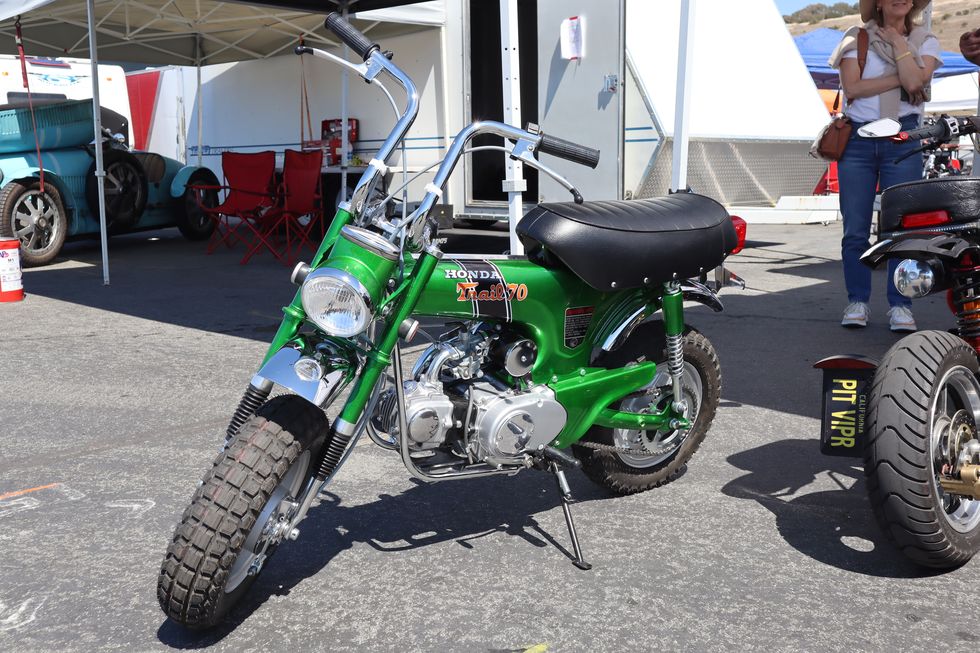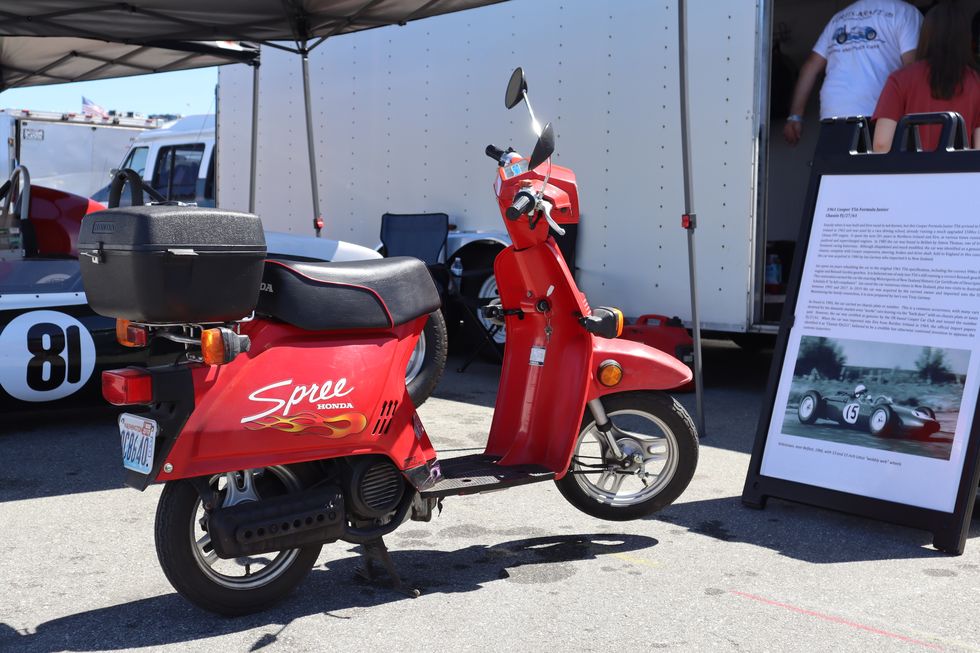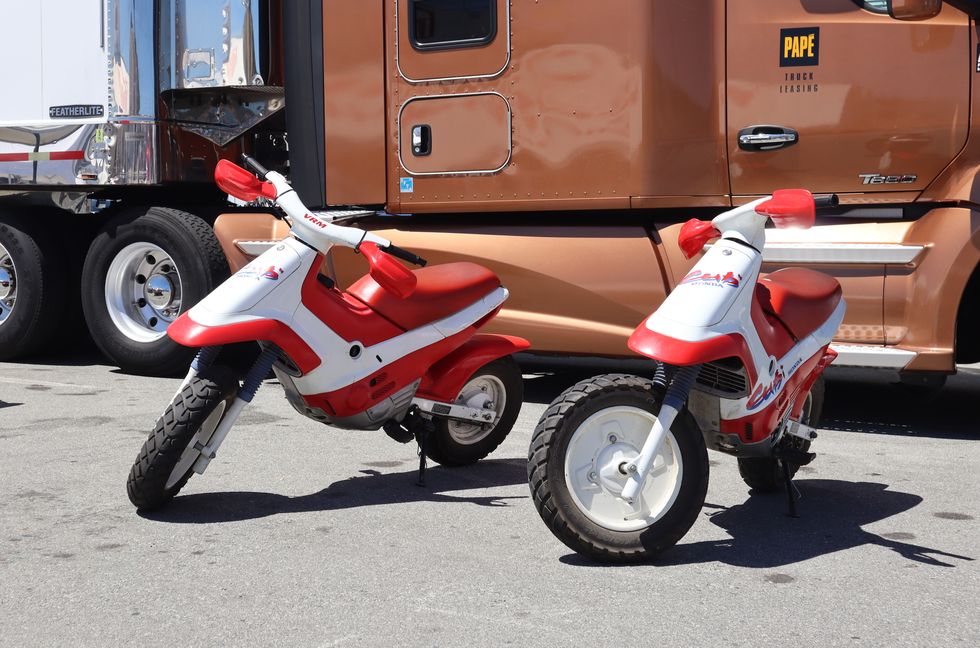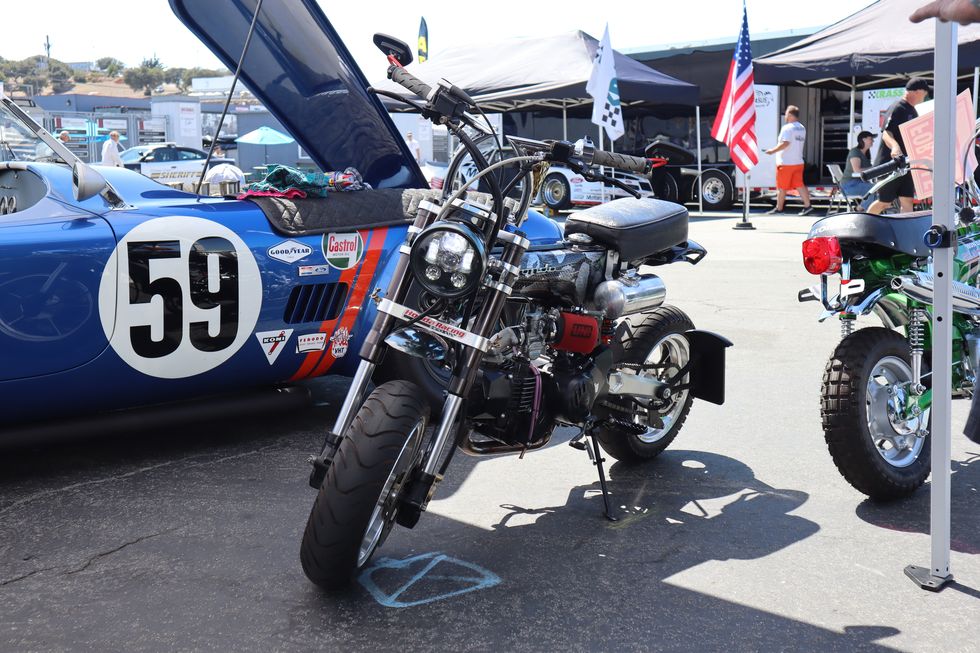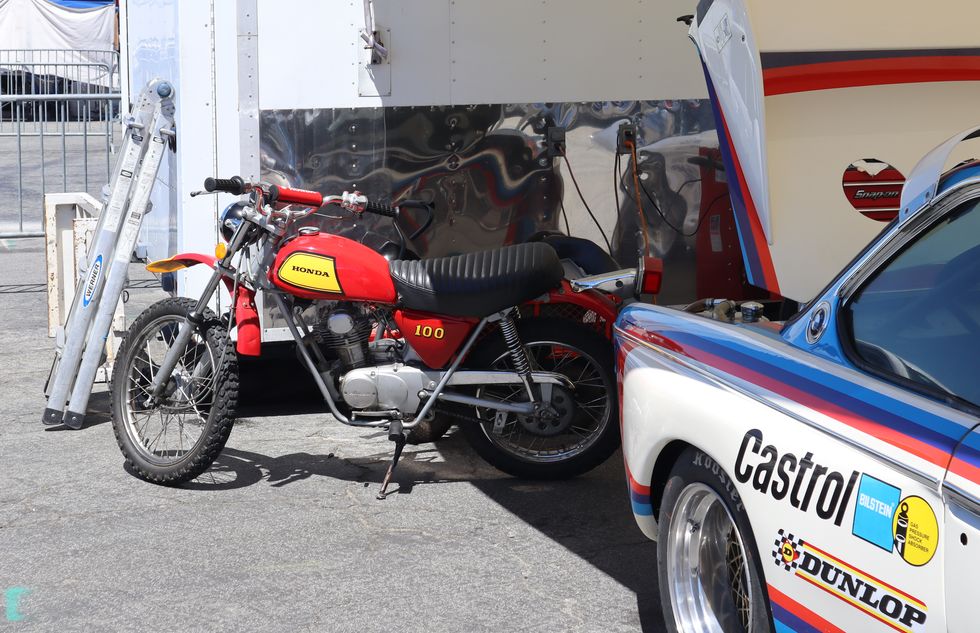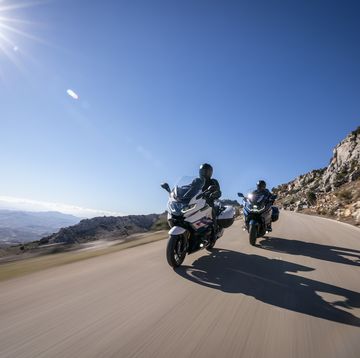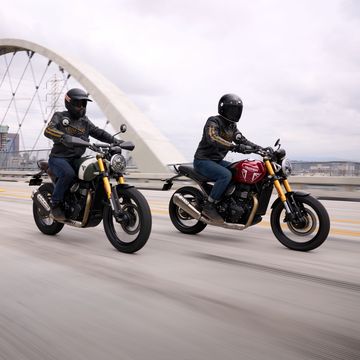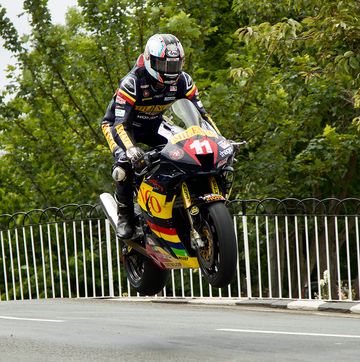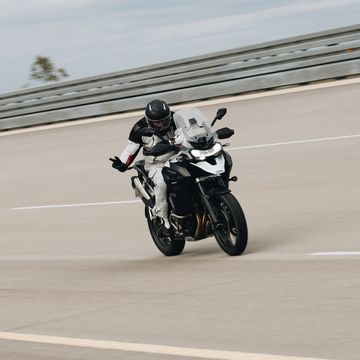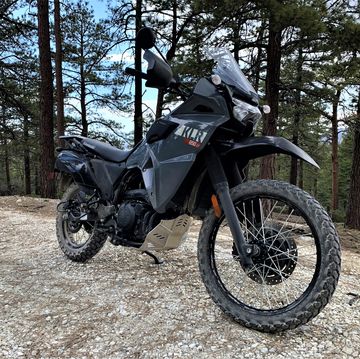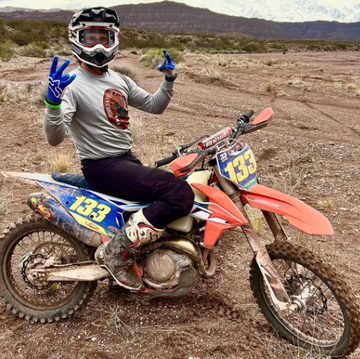Even the Pit Bikes Are Cool at Laguna Seca
Historic Le Mans racers and classic saloon cars duke it out on track, while the nicest pit bikes you'll ever see carry racers across the paddock.

The Rolex Motorsports Reunion at Laguna Seca Raceway is the stuff of dreams for auto enthusiasts. Everything from bellowing Trans-Am V8 racers to an actual BMW M1 and Mazda's screaming 787B can be found in the paddock, and you can stand admiring them from a few inches away. If you're lucky, a friendly neighborhood racer might even let you get a closer peek inside.
Of course, these folks who give you a glimpse into their cars are actually running the 2.2-mile road course for multiple sessions a day. Such racing takes its toll on the car and body alike, and getting around the large paddock isn't always easy. Thankfully, a solution to this problem was created years ago, something we like to call the pit bike. Pit bikes are typically small motorcycles or electric or gas-powered scooters that allow racers, mechanics, and officials to move around the track seamlessly. Any track event you go to—from grassroots drifting to official IMSA races—will have an omnipresence of pit bikes buzzing by at 10 mph. Of course, the historic races at Laguna Seca are no different, but the pit bikes follow the trend at Monterey Car Week.
These bikes are exquisite—a brilliant show of low CC, utilitarian manufacturing on display. Given the nature of the event and the nostalgia associated, it's not surprising that some of the most interesting examples were Hondas, which were widely marketed in the 20th century. Let's check out some of the best picks from the weekend.
A New York transplant hailing from the Pacific Northwest, Emmet White has a passion for anything that goes: cars, bicycles, planes, and motorcycles. After learning to ride at 17, Emmet worked in the motorcycle industry before joining Autoweek in 2022. The woes of alternate side parking have kept his fleet moderate, with a 2014 Volkswagen Jetta GLI and a 2003 Honda Nighthawk 750 street parked in his South Brooklyn community.
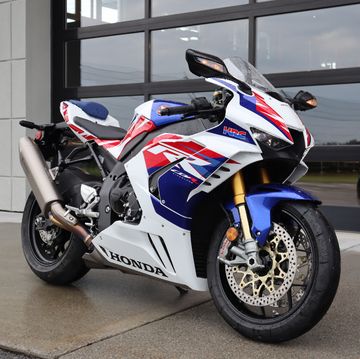
999cc Is More Than You’ll Ever Need from Honda
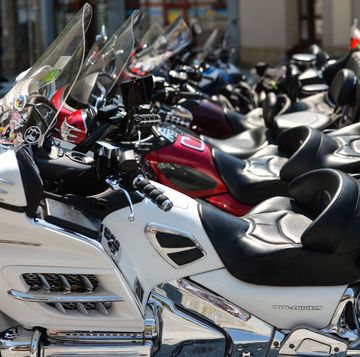
Most Motorcycles Are Still a Hot Commodity in 2023
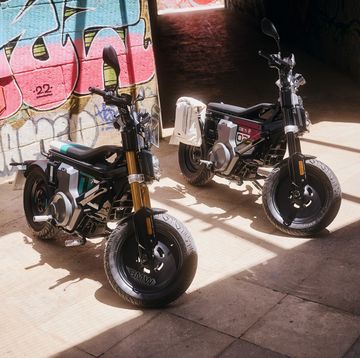
Is This BMW Scooter the Future of Urban Mobility?

European Manufacturers Are Flocking to Adopt NACS
